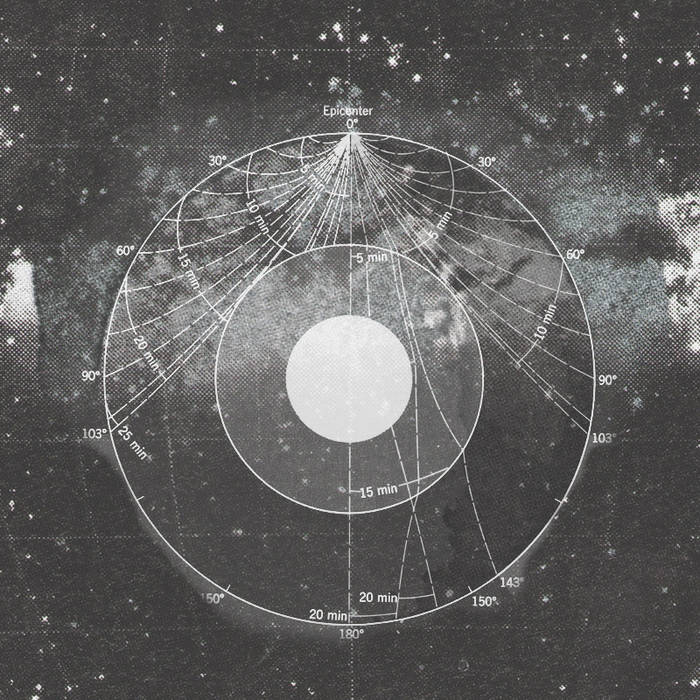It is surprising to see a contemporary gallery exhibition titled “Beauty” without an immediate qualifier like “contingent beauty,” “exiled beauty,” or “dead beauty.” In contemporary art, the impulse to comment on how we view the beautiful is almost required. However, the new group show at Jackson Junge Gallery in Chicago’s Bucktown neighborhood claims the name “Beauty” without any modification. The exhibition manages to be flavored by classical aesthetics, yet indicative of our time. According to assistant gallery director Scott Renfro, the Greco-Roman influence emerged as they viewed submissions to their open call.
“There came a moment when I realized the submissions as a whole were too disjointed to make a cohesive show — even with having a majority derived from classical inspiration,” Renfro said.
He found a way to complete the exhibition by turning to the work of James Mesplé (a former School of the Art Institute of Chicago [SAIC] faculty member), who often incorporates classical themes into his contemporary pieces. Renfro said,“James had enough work to produce several solo shows that would perfectly relate to “Beauty.”
In “Beauty,” mythical iconography and balanced compositions abound in varied mediums, alongside a fervent love of color. The deep teal of glass in the mosaicked façade of Francine Gourguechon’s “Banded Venus” is the same teal on the Grecian face in Mesplé’s “Tulipomania” — verdant and striking, holding equal ground with the bright blues, neon limes, and hot fuchsias of the other works.

If this show is any indication, beauty’s favorite form is still the female figure. Mesplé’s classical ladies are undeniably archetypal, while Gourguechon’s torsos wear skins of other materials that seem to hint at commentary. “Banded Venus” sports an automotive rubber bandolier and her pubic area is covered with sea spines. Both Gourguechon and Mesplé demand long viewings of their work in order to unpack their meaning. Mesplé’s pieces invite viewers to examine their relationship with cultural mythologized ideals, such as what a Dutch market bubble around tulips in the early 1600s has in common with the near-extinction of the American Bison.
Pieces leaning heavily on concept and abstraction in order to provoke thoughts on the cost, question, or meaninglessness of beauty is refreshingly absent from this exhibition. To see it presented wholesomely, even in Lilla Dent’s mischievous “Tlazoteotl” or tongue-in-cheek “Maguro,” but especially in Bruce Adam’s “Mighty Aphrodite,” is quite relaxing; a reminder that sometimes we can let the eye of the beholder be gentle and good-natured.

There is also a tight bond in each artist’s depiction between the human body and the natural world. The body has become one of the more contested territories of art, and many contemporary works use it to comment on self-aware humanity. In this show, the figures presented in nearly every piece are not merely in proximity to nature, they are covered in it: transforming into or developing out of growing plant or sea life. This points to a very contemporary concern: coming to terms with life on earth during an event of mass species extinction.
An argument of aesthetics began in the last years of post-modernism, and is getting more and more post- (read: convoluted). Though recent years have seen a resurgent interest in the idea of “beauty,” it is often closely associated with non-beautiful concepts in order to complicate how viewers relate to it. Being socially conscious sometimes means we must think about whether or not we are ashamed of beauty; pleasure in any form always comes at a cost. Historically, times of economic hardship and rising conservative power have lead to a re-emergence of neoclassical trends.
Nineteenth Century Romanticism also celebrated nature, representing it in a way that encountered humankind with its power fundamentally beyond us. A little over 150 years later, we realize that the century we devoted to modernist aesthetics also drastically altered the natural beauty we once thought unchangeable. In Jackson Junge’s “Beauty,” many pieces imagine a classically beautiful human body entangled with the earth. When viewing them, one sees a recognizable past in conversation with the urgency of the present. The exhibition closes on February 28.







